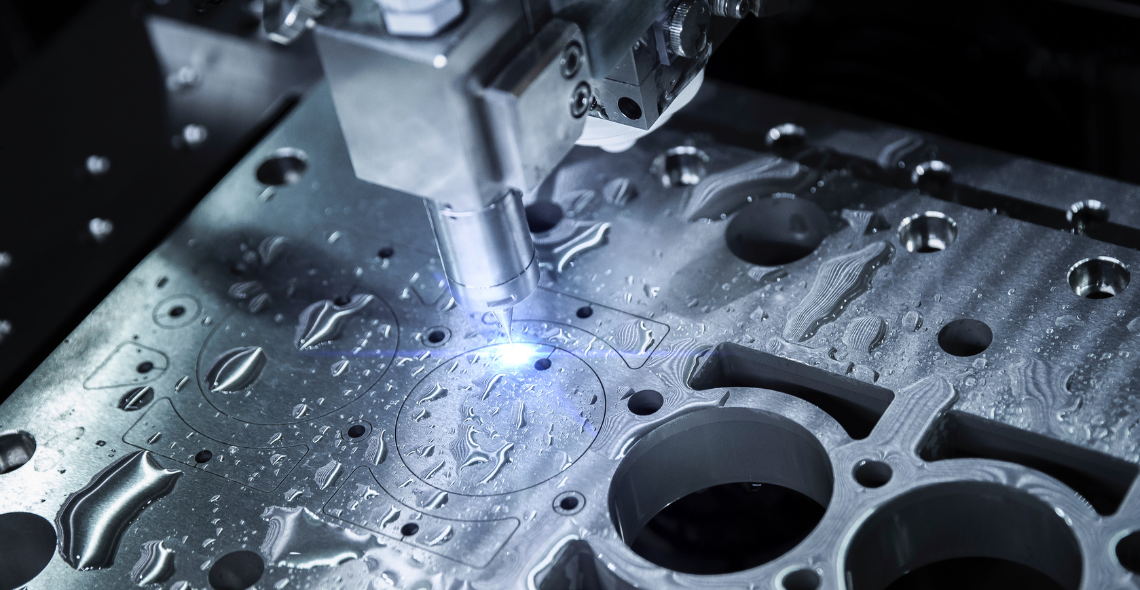Bonding Metal – The Simple Guide
Published date: 04 June 2021

Bonding metal and the different types of metal glue can be a bit confusing, and that’s why we’ve put together this simple guide.
A variety of adhesives can be used to connect metals. Given the numerous alternatives, selecting the best metal adhesive might be difficult. Each chemical has its own set of advantages. Here’s a quick rundown of them:
- Metal adhesives like structural acrylic adhesives and epoxies are perfect for producing strong bindings that withstand stress, temperature, and chemicals.
- Threadlockers, pipe thread sealants, retention compounds, and FIP gaskets are all examples of anaerobic adhesives. Metal adhesives and sealants are the only applications for anaerobic adhesives.
- The strength of cyanoacrylate adhesives develops quickly. Take, for example, methyl cyanoacrylate. These bonds are resistant to non-polar solvents and work well under shear. If you need a metal adhesive with impact resistance or resistance to polar solvents, look into structural adhesives.
- UV Curable adhesives are perfect for undetectable glass-to-metal connections. Metal hinges, knobs, and fittings are frequently bonded to glass doors with these.
- MS Polymer adhesives are good for gluing thin metal sheets, such as vehicle panels. Because of the low shrinkage, there is no read-through (you can’t see where the adhesive is applied through the panel), resulting in a pleasing appearance.
Generally speaking and depending on the application metal glues fall into three types:
epoxy, polyurethane, and super glues.
Let’s talk about them a bit more.

Source: Loctite.com
Epoxy Glue
The strongest metal-to-metal connections are definitely epoxy glues. Most epoxy formulations urge you to mix equal amounts of adhesive and hardener and apply the mixture to one of the surfaces you’re bonding with an appropriate tool. Most epoxy metal glues for home use recommend putting the parts together within a minute or two of applying the adhesive.
The bond will loose if you wait too long. Users using metal-to-metal epoxy glues need to clamp the pieces together for the first 30 to 60 minutes while the adhesive sets, then wait up to 24 hours before resuming operation.
Through a chemical curing process, these adhesives take a long time to reach their full strength.
Products like the Araldite 2021 or the Loctite EA 9466 could be a perfect Epoxy choice.
Polyurethane Adhesives
Polyurethane glues are extremely sticky adhesives that bonding metal to metal and a variety of other materials.
These single-part glues require moisture to set, but once dried, they are waterproof. Because these glues are poor gap fillers, the pieces to adhere must fit together tightly.
To prevent the glue from foaming and squeezing out of the junction, clamp the parts for one to two hours as they set. After 24 hours, these glues reach their full strength.
Although polyurethane glues are not as strong as epoxy on metal, they are adequate for many applications.
Instant Adhesives
Ethyl cyanoacrylate is used in instant “superglues.” These one-part glues offer strong connections between metal surfaces in a short amount of time.
Because of the glues’ near-instant gripping capabilities, you can use them in a variety of metal-to-metal applications.
They do not fill gaps or cavities; instead, they require that mating surfaces fit exactly together for a strong bond. Clean the mating surfaces before using. Apply a small amount of instant glue to one of the surfaces, then link it to the other for a minute.
These glues connect in less than a minute, but they need to cure overnight to reach their full strength. These glues can adhere skin to skin and other surfaces, so use it with caution.
If you would like to use Super Glue for your application we can recommend the well popular Loctite Super Glue or the Loctite 415.
Step-by-Step Instructions For Bonding Metal
Preparation
Working in a well-ventilated location or workshop with enough space to handle all of the necessary items is recommended.
Cover furniture with protective clothes or papers. Examine and test the fit of the pieces. Remove any shards or particles that are impeding the seal.
To protect your skin while using metal glue, wear latex or nitrile gloves (not PVC, nylon, or cotton).
Clean the metal
Make sure the surfaces are clean and dry. With a cloth, wipe away any dust, debris, wax, oil, or grease from any parts, including fingerprints. Smooth surfaces can be softly roughened with a fine-grit sandpaper.
Apply the metal glue
Before you begin, read the product directions for any information on application and drying times.
Apply metal glue to the prepared surface after opening the product cap. For amounts, follow the directions on the package.
Drop a bit of super glue per square inch of the surface. Many epoxy metal types of glue necessitate the mixing of adhesive and hardener components, followed by an application using a specific instrument.
Join the pieces
Place the parts together and firmly press them together to produce a tight seal with no gaps. As the relationship establishes, leave the sections to rest.
Metal epoxies cure more slowly and frequently require clamping for up to 60 minutes. Although polyurethanes and super glues dry and cure more quickly than epoxies, try to clamp them for a strong bond.
While super glues bond in approximately a minute, keep parts to rest overnight for maximum bond strength.
Mineral spirits or acetone can typically be used to remove excess adhesive (found in most nail polish removers).
ConRo Electronics, as a supplier of all major types of thread locking compounds, will provide you with an impartial approach to assessing your application and operation.
We’ll show you how to improve product reliability while increasing performance and lowering costs. Our team of technical support specialists will provide your company with dependable global supply, unrivaled efficiency, and superior technical support.
Feel free to contact us on 0208 953 1211 or send us an email to info@conro.com




Comments
There are currently no comments, be the first to comment.